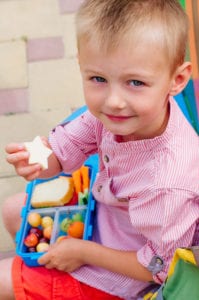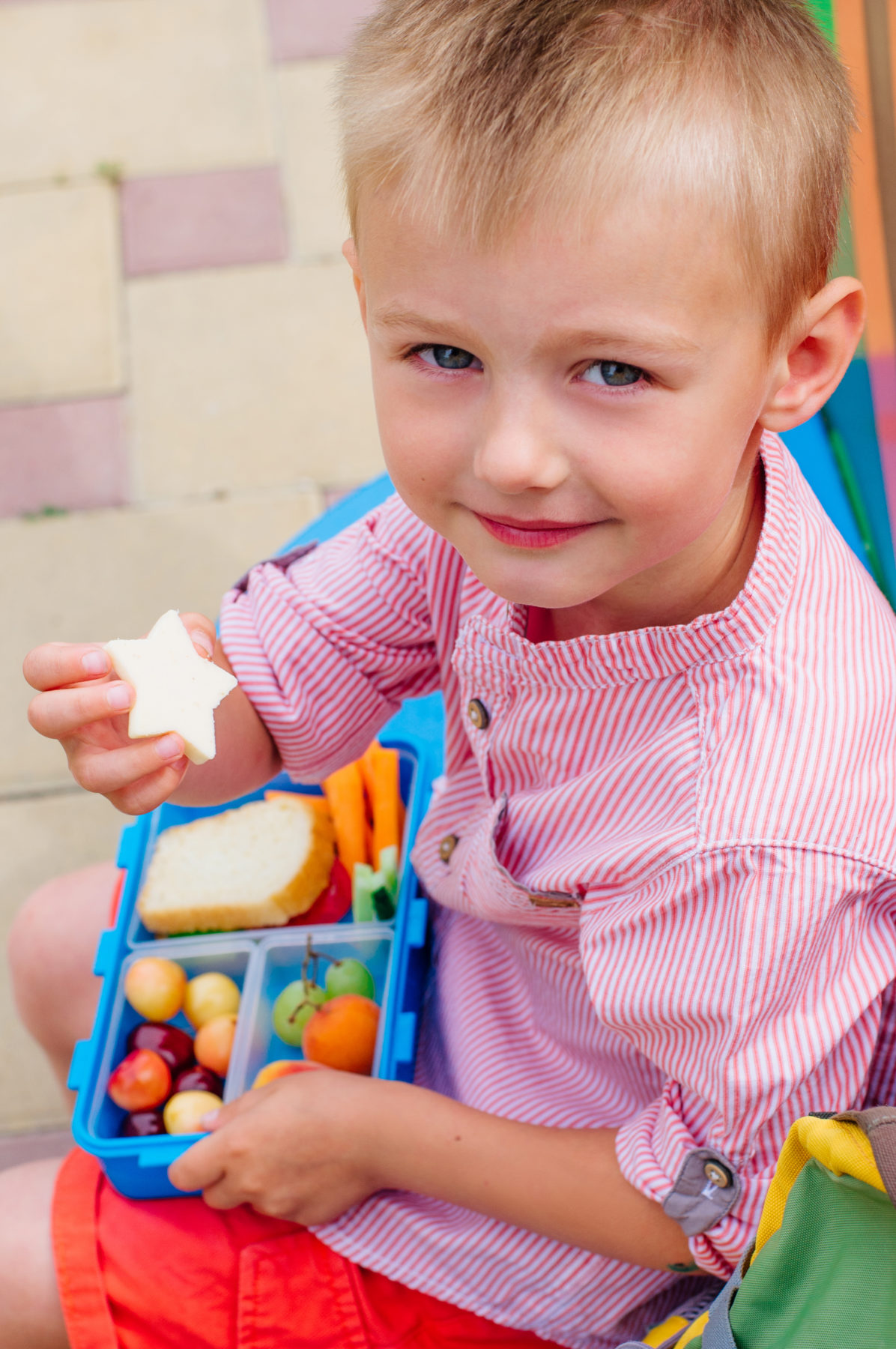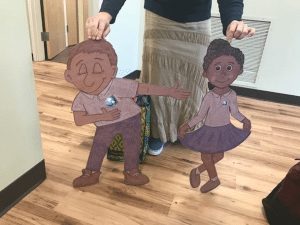Packing Lunch for Preschool

If your little one is going off to preschool you are most likely going to need to pack lunches! So what kind of meals should you be sending your child to school with? We rounded up a few tips to make it easier for parents to get prepared with packing lunch for preschool.
Make It Accessible
Self-sufficiency is a key part of Montessori education and food is no exception. In fact, learning to feed oneself is a major part of the practical life curriculum! Parents can help by cutting sandwiches into quarters and avoiding soups or anything that easily makes a mess. Set little kids up for success when it comes to lunch and saves dinnertime for practicing messier foods like spaghetti with sauce—then they can go straight into the bath.
Children old enough to use silverware should have child-sized utensils. This allows them to hold, manipulate, and take bites more easily. Try to choose simple-looking utensils and avoid flashy ones with characters on them. Little toddlers really prefer to feel they are “doing what the grownups do”. Additionally, designs and bold shapes can be distracting and confusing. Babies who are learning to use silverware are also learning what forks, spoons, and knives look like and what they are used for. Keeping it simple helps them understand their world.
Put It Out There
Toddlers and little kids may be reluctant to bite into a wrap, no matter how many tasty foods are side, simply because they cannot see inside. Remove the mystery by serving the ingredients separately. This allows the child to visually inspect each food before they take a taste. It also allows them to keep a mental track of what each food tastes like and begin to categorize foods. The desire to classify into groups and explore the world through the senses is strong from birth to age 3.
Offer a Variety of Healthy Choices
Kids are likely to eat a balanced diet if we offer them a variety of healthy options from each food group. The night before, you can offer some choices. Getting your child involved in the planning process will get him excited to eat the foods you pack. Try asking whether he wants yogurt or string cheese, strawberries or carrots. This way he gets to take ownership of his choices but he still ends up with healthy foods from most food groups.
Consider it your ideal to pack either a dark green or yellow/orange vegetable each day, something with Vitamin-C, and some kind of healthy fat like salmon or avocado. That being said, babies who eat those options readily at 6 months old may shun anything but bread and cheese at age 2. So be realistic and include something you know your child will eat.
Cut Those Grapes
Never serve whole grapes, because they are a common choking hazard. Always halve them. Hot dogs are another common choking hazard and need to be cut longways. Other hard foods may need to be avoided, especially with toddlers and babies.
Teach Your Child to Pack Their Own Lunch
Preschoolers can make their own sandwiches and pack a snack or two and a full water bottle for themselves. Parents might consider having a shelf in the fridge where their child can find bread, cheese, and turkey, and a small basket in the pantry with snack choices for the week, such as apples, celery, and pretzel crackers.
Freedom Within Limits
Pediatricians currently recommend offering a variety of healthy food options at three meals and set snack times throughout the day. The concept is that adults choose which foods to serve and children choose which of these foods they eat and how much. This setup is a beautiful example of the Montessori concept of freedom within limits.
Freedom within limits means that we don’t serve anything kids ask us too. If you put Oreos in your kid’s lunch, we all know what they will choose. Sugar and salt tap into deep biological cravings that tell us to eat as much as possible because these things are scarce. But in today’s world, they aren’t scarce, and they aren’t good for growing bodies or children’s developing minds.
Food is Fun
Underlying all of your lunch planning should be the idea that food is a good thing. Mealtimes are for enjoying with our family or our classmates. Kids who grow up eating as a family develop positive relationships with food and do better overall. So do your best, but don’t allow preschool lunches to stress you out.


